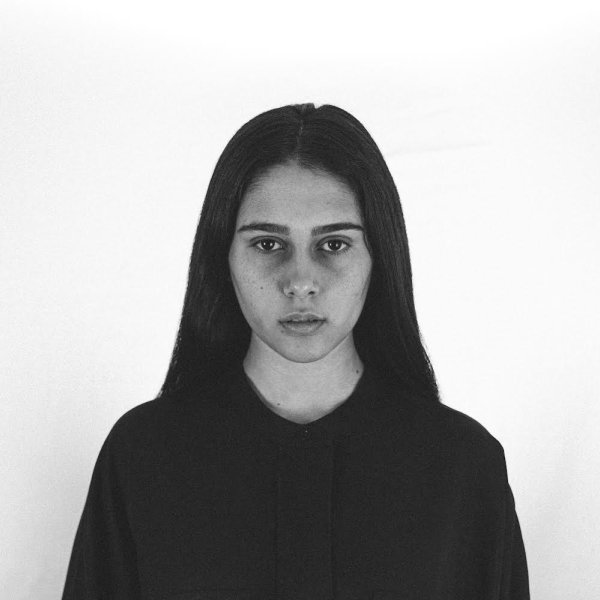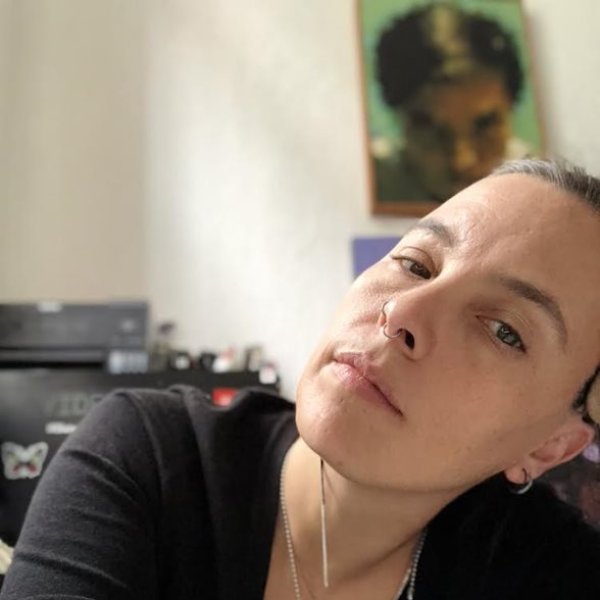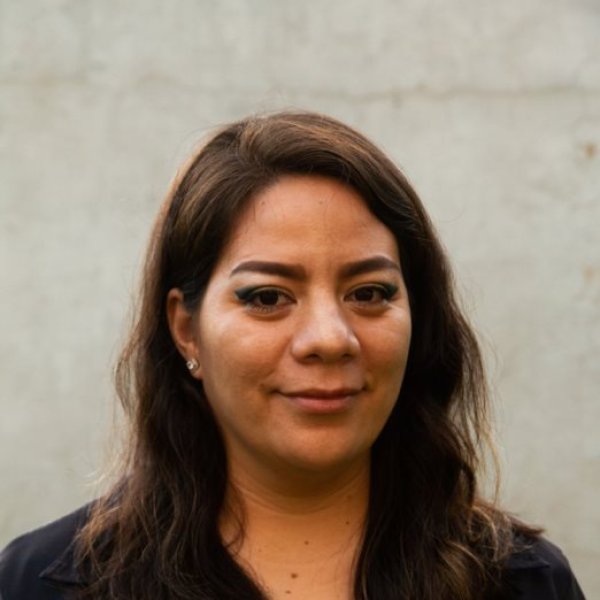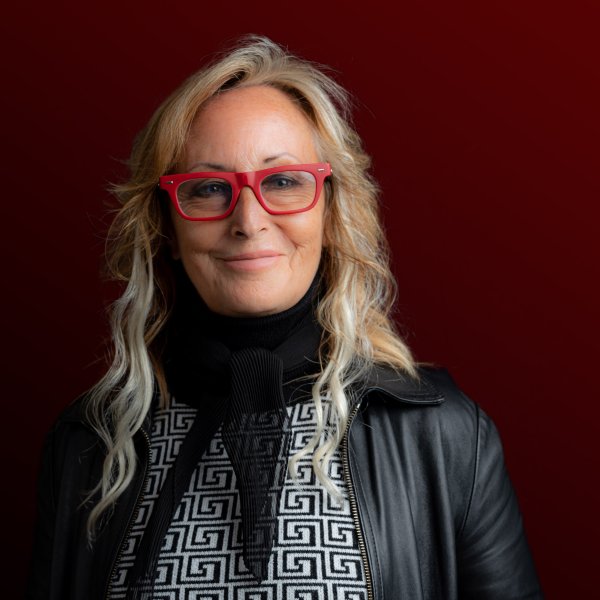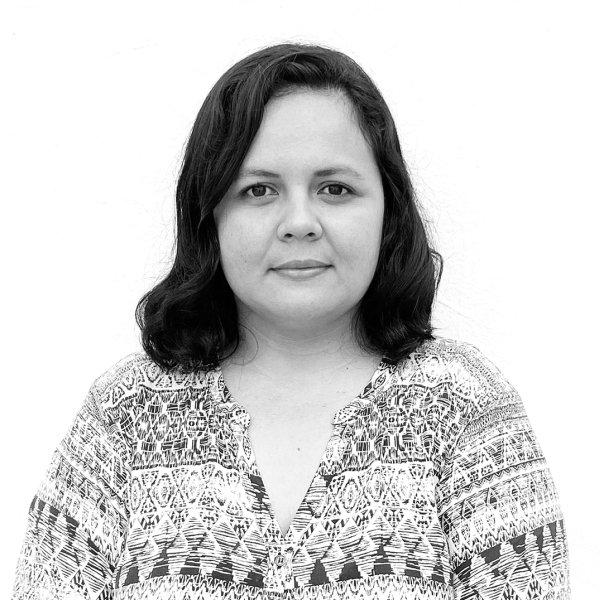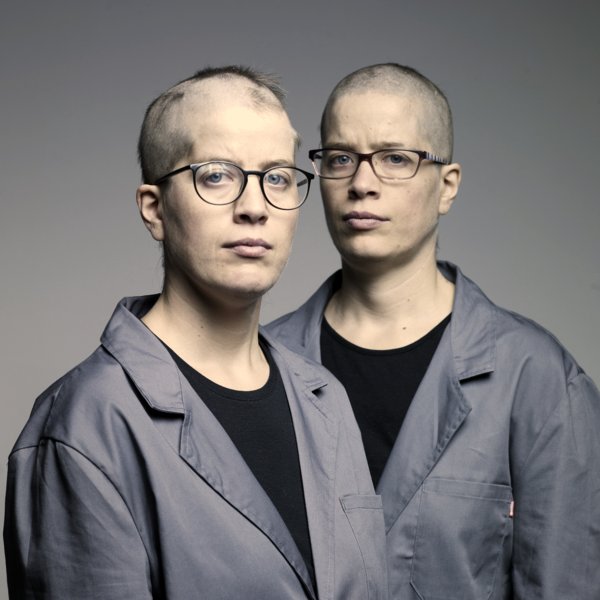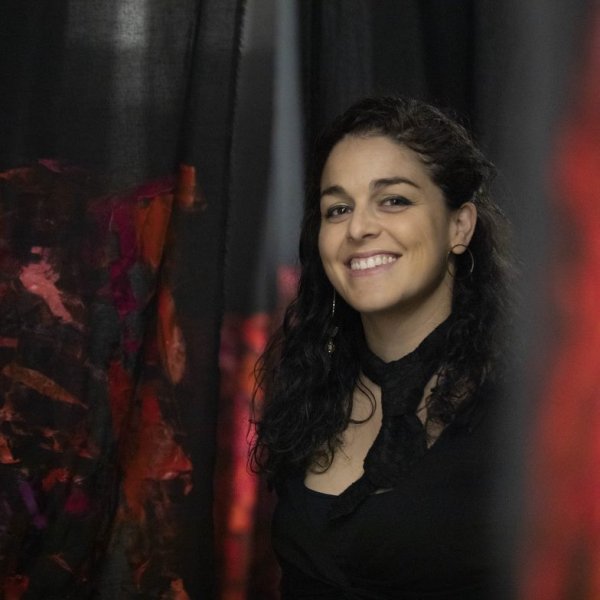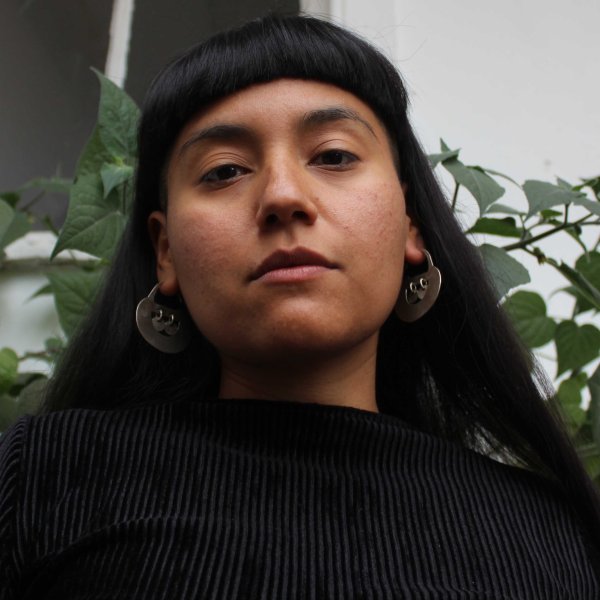Vision and presence 2023: performance cycle
Performance
- From January to December 2023 (except July and August)
The second edition of the performance cycle Vision and presence, which aims to turn the spotlight on women creators, features ten previously unseen events specially created to be enacted in different parts of the museum over the course of this year.
The chosen themes introduce present-day issues into the museum, offering a new vision and mission and focused on societal issues such as gender equality, historical memory, racial diversity, concern about climate change and re-reading the history of art with a more egalitarian approach. Performances take place one Wednesday a month at 6 pm, apart from July and August.
18 January
18.00Agnes Essonti. Bayam Sellam
15 February
18.00 Alejandra Glez. Being reborn
22 March
18.00Lorena Wolffer (in collaboration with Kira Sosa Wolffer): Giving myself-giving herself-giving ourselves
19 April
18.00Osiris Ferrera. More than numbers
24 May
18.00 KarmeLaHoz. Burial
28 June
18.00Scarlett Rovelaz. Fluidity-Thyssen
20 September
18.00Amapola Prada. Servants by nature
18 October
18.00Art al Quadrat. Transmutation
22 November
18.00
Ana Beltrán Porcar. Pillars
13 December
18.00Paula B. Pailamilla. My body is a museum


